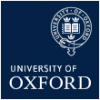Introduction
The AeroCom-project is an open international initiative of scientists interested in the advancement of the understanding of the global aerosol and its impact on climate. A large number of observations (including MODIS, POLDER, MISR, AVHHR, SEAWIFS, TOMS, AERONET and surface concentrations) and results from more than 22 global models have been assembled to document and compare state of the art modeling of the global aerosol. A common protocol has been established and models are asked to make use of the AeroCom emission inventories for the year 2000 and preindustrial times. Results are documented via interactive websites which give access to 2D fields and standard comparisons to observations. Regular workshops are held to discuss findings and future directions.
Background
Multi-component aerosol modules in global models promise a much needed better seasonal and regional characterization of aerosol. However, the added complexity may have introduced many (potentially offsetting) errors. Thus, a rigorous validation effort is needed. Initial comparisons model evaluation efforts to remote sensing data (e.g. Kinne et al and Penner et al) illustrated the need for more detailed comparisons. Only a much expanded model output will permit process studies, like pioneering comparisons of near surface sulfate mass (COSAM). This study also indicated that unwanted difficulties arise from differences in model initialization (e.g. source strength or meteorology). Concepts of a new model-intercomparison and model-evaluation effort were discussed during IAMAP 2001 and introduced to modelers or interested by-standers during IGAC 2002. A driving force behind the new inter-comparison is availability of more accurate aerosol products from satellite, a tighter ground network of aerosol measurements and a multitude of results from field experiments.
Objectives
The joint initiative AeroCom shall document and understand the differences apparent in current global aerosol models. It seeks answers to key modeling questions, such as consequences of differences in
- source strength
- vertical transport or removal
- water uptake
- aerosol composition
- aerosol size
- broadband radiative transfer
on the overall quality of the aerosol simulation and estimates of the direct radiative effect of the aerosol.
The project shall make use of new remote sensing measurements of aerosol from ground and space. Satellite data will be applied to investigate to what extent patterns of global aerosol distributions are correctly represented in aerosol models. Ground statistics will be applied to provide quantitative references in terms of composition, size, concentration and altitude. To address not only regional but also seasonal differences, those measurements and models shall be used which cover at least an entire year. For comparability models shall be forced by analyzed meteorology. Regional models shall be included, if they can fit in the output framework set for this global model intercomparison.
The range of model results documented with AeroCom shall help to establish and reduce the uncertainty in aerosol climate forcing estimates.
More specifically, AeroCom shall document and intercompare among models and to available measurements for a given year on a seasonal and regional basis
- Near surface winds (critical for the production of for natural aerosol)
- Parameterization schemes in aerosol processing
- Diffusive properties of the transport model
- Mass (balances) for each aerosol type (dust, seasalt, sulfate, bc, org.matter)
- Mass compositional mix
- Humidification and water uptake for each aerosol species
- Assumptions on size and refractive index
- Optical depth (balances) for each aerosol type
- Optical depth compositional mix
- Assumptions in the broadband radiative transfer scheme
AeroCom also aims to provide
- Control simulations with prescribed sources
- Control simulations with prescribed ambient rel.humidity for swelling
- Reduced output at times of model-scale ‘cloud-free’ satellite observations
- Simulations at different spatial resolutions




